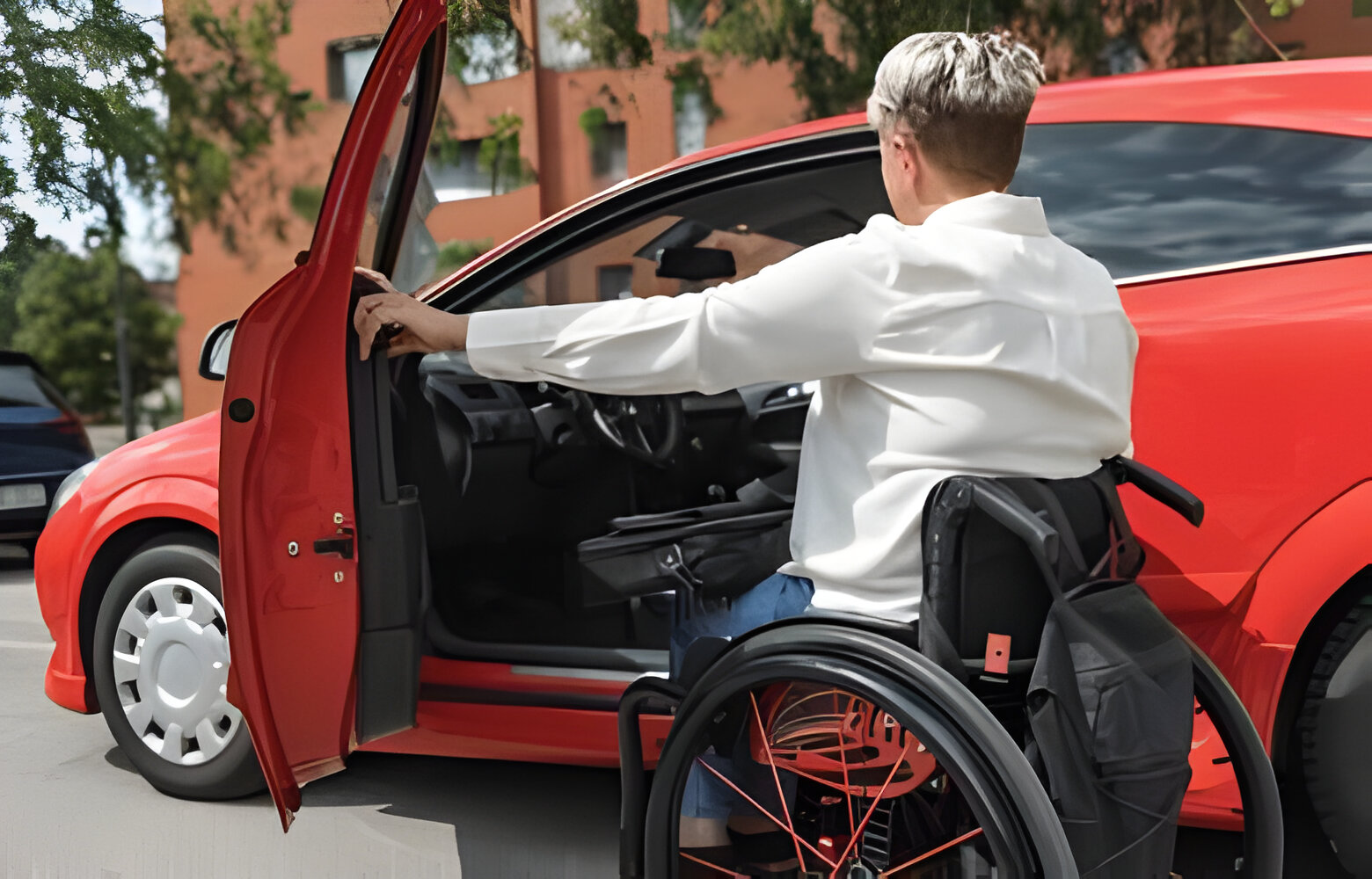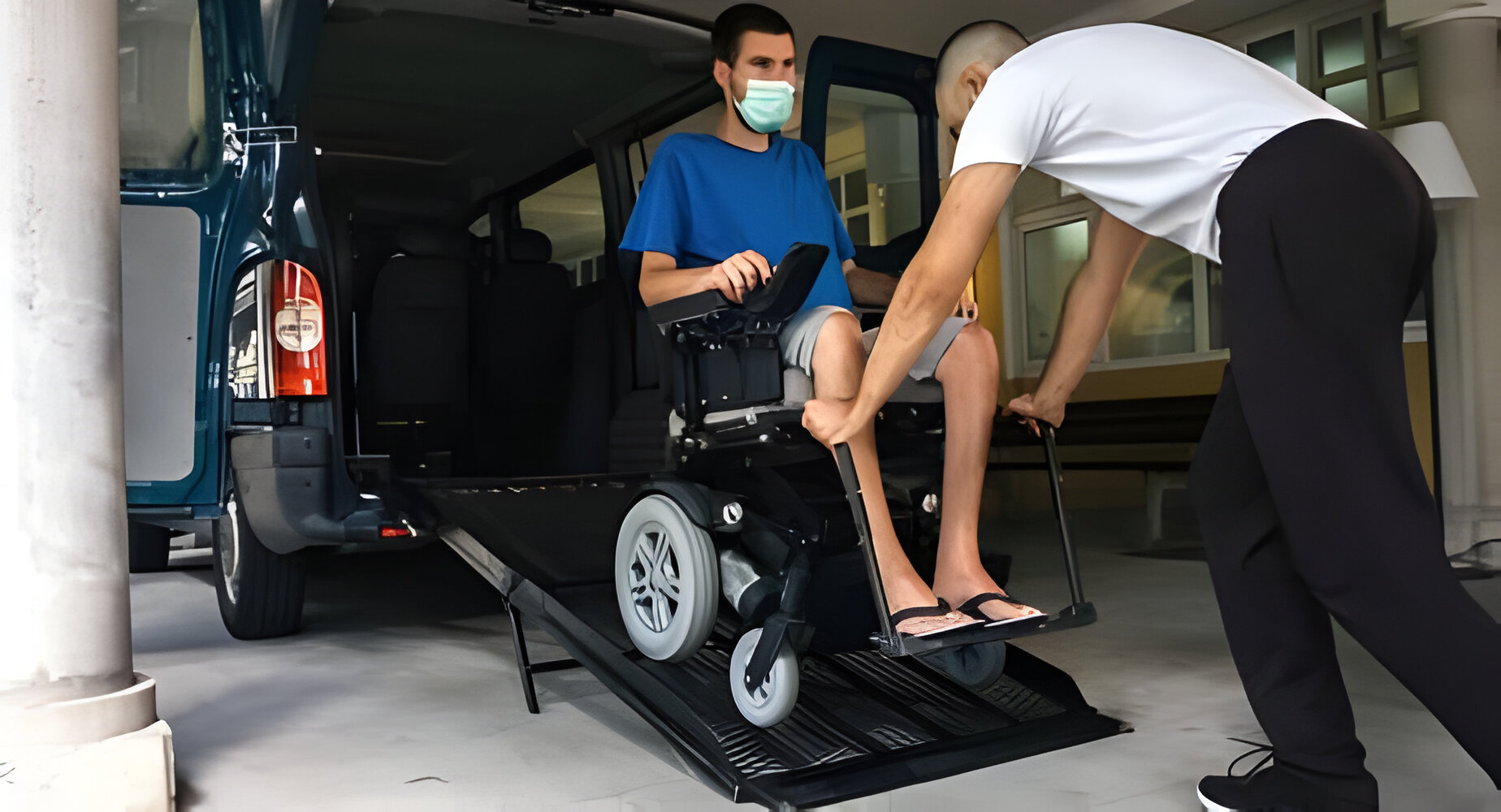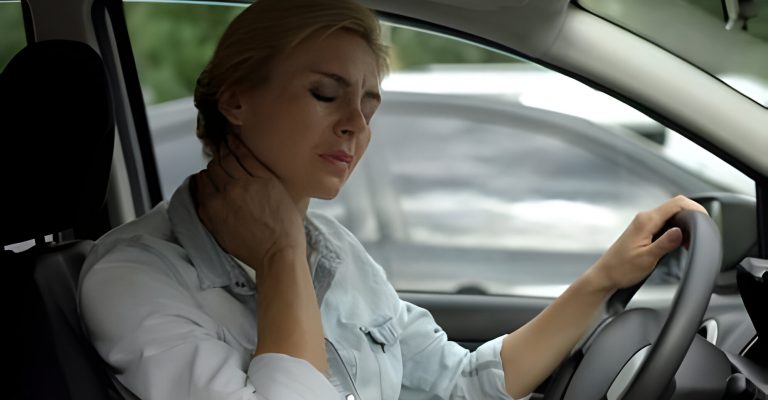Driving again after a spinal cord injury may be a dream that seems impossible, but guess what? Depending on how bad and at what level of the spine your injury is, it can actually be quite a realistic goal.
Of course, this is made possible through changes and adjustments that can be applied to vehicles nowadays. Most people with spinal cord injuries have succeeded in restoring their freedom to travel on the road once again.
So, press on the gas pedal, and let us take you through the ways in which you can also maximize your freedom. Restore your life and learn driving after spinal cord injury.
Benefits of Driving After Spinal Cord Injury
Let’s look at some of the likely benefits that you might realize from re-learning to drive following your Spinal Cord Injury. This decision that you have made by accepting this challenge may have many benefits for you.
Normalcy
The quicker you get back behind the wheel you are, the faster you will receive that normal feeling again. All you have to do now is step those steps, and the quickest way to get back on your feet is to get back on the road.
Take a minute to consider how life was different before the injury and what you might struggle with at the moment in terms of mobility or independence. If nothing else, you will be enthused to gain a bit of normalcy in life. Driving can help bring you closer to that feeling.
Independence
Driving is often perceived as freedom and independence. Having sustained an SCI, you will be losing control of certain areas in your life. Getting back to driving gives back your independence.
This allows you to do what you wish and carry out your business without bothering others to give you transport. Nothing feels greater than the realization that you can make decisions and conduct yourself according to the decisions that you make, just as you did prior to the occurrence of your injury.
Improved Mood
Being cooped up indoors or depending on others for your travels is never fun. It often brings moments of gloom and a diminution of self-esteem. All in all, one may be encouraged by the fact that he can revert back to his normal life.
Think of how lifted you will be when you drive again after an injury! Picture yourself running errands in the sun, free to do things on your own. An ordinary thing to do, but this very freedom can uplift your spirits gorgeously.
The Post-Spinal Cord Injury Safe Driving Guide
The first step back to driving begins when one gets back behind the wheel after a spinal cord injury. Steering with limited mobility demands car modifications in unique ways, necessitating training in proportionate measures.
These people need to understand how all related complications with their spinal cord injury further risk their lives and well-being in addition to those of people in the vehicles alongside them.
If your legs tend to jerk due to spasticity, working out a proper way to secure them for driving is important. This may include simply strapping the legs or maybe even using a brace to limit movement. Chances are high that you must learn how to drive with your hands and not your feet.
A PrDRS can assess your functional skills and offer you practical solutions and vehicle modifications to keep you safe when driving. The next section highlights vehicle modifications for those with a healing spinal cord injury.
Car Modifications Post Spinal Cord Injury

The appropriate vehicles can be easily modified, supported by proper training, to enable people who have survived a spinal cord injury leading to paraplegia to drive again. Such vehicle modifications are geared at making safe and effective drivers from these people.
Here are some examples of vehicle modifications that can be made to help a person who has a spinal cord injury:
- Adapted steering, adapted braking, gas operation controls
- An automatic opening and closing.
- Roofs that can convert to an open-top
- Uses the EZ lock system to secure the wheelchair.
- Steering that requires less effort to operate
- Accessible lifts or ramps for wheelchairs
- Seats that can be adjusted in all directions
Because all spinal cord injuries are unique in injury, all method-of-operation vehicle recommendations will be case-dependent and limited to the unique levels and kinds of injury that burden a patient’s motor abilities.

Process Followed to Safely Drive an Adapted Vehicle Experience
Exactly like with any crucial task, there remains the need for a very individual process to ensure your fitness. This is where a driving rehabilitation program plays a role. It will provide steps to guide you in ensuring you meet all the requirements to drive safely.
Clinical Evaluation
However, you’d rather weigh in more on such factors, which could be personal and close to you, and be concerned about your physical and mental ability to ensure that driving will not be a threat to yourself and other people.
They will judge your knowledge of common road signs and test your memory, muscle behavior, and eyesight. Therefore, thorough testing of your readiness toward the road shall be in place.
Behind-the-Wheel Assessments
This test will enable your assessor to observe you at work driving. He will then advise you to use adaptive equipment, orient you on its usage, and evaluate you according to various control aspects in different driving conditions. This will also relate to assessing reaction time and decision-making abilities.
Vehicle Selection
After receiving approval from the assessment and your state’s motor vehicle department, it is time to start thinking about the type of vehicle that is most suitable for your needs and abilities.
It often leads to more practical choices than the pre-paralysis vehicle of desire. For example, owning a two-seater sports car might reflect who you are, but it’s not quite the practical choice.
Understanding what drives them is of great help in touching base with others who are plowing a similar journey. Always put the evaluator on a loop and a competent vehicle modification dealer in the loop.
With those who drive from their wheelchair and have a van that requires a full-size or a minivan, safety is critically dependent on manual tie-downs or power lockdowns. Manual ones, for the most part, need some help getting on and off the bus.
However, the power unit offers a certain amount of freedom. With the power unit, you can just roll into position, and the chair automatically locks down into place.
However, always keep in mind that from the scooter, one cannot drive a van. Users should be able to drive from a vehicle seat. There are e-seats to help in shifting.
Car Modifications
It is of utmost importance that it undergoes proper adjustments and is customized to perfectly suit your individual needs. The adaptation process is right for you. It largely depends on the extent and seriousness of your spinal cord injury.
For instance, one said they had a T6 spinal cord injury history or below. Most enjoy relatively good use of their upper bodies and should, therefore, be able to get in and out of their car and even drive with the use of hand controls.
But even in cases where the damage is incomplete, leaving some degree of motor function in the upper body, many quads with C6 or C7 damage can manage without help getting in and out of their cars and, with the right accommodations, drive them.
Therefore, it would be fair to mention that some individuals with spinal cord injuries cannot transfer in and out of a car without assistance. They would be required to drive from where they are seated in their wheelchairs. Hence, they would need an extra-roomy car fitted with a specialized wheelchair ramp and a locking system to secure the wheelchair.
Keep in mind, though, that many cars are not designed counter to this to assist the entry of a wheelchair. For many, there is even the need to plan to buy a completely new vehicle that will respond to their needs. Fortunately, there is financial aid that the car manufacturers can provide for the means to come at a lesser cost.
Driver Training
The final part of the process in driving after spinal cord injury normally results in actual road practice with a licensed driver rehabilitation specialist. They can assist you in becoming comfortable with adaptive equipment, work out problems, and provide input into other areas of concern. Only then, if the provider believes that you can safely operate a modified motor vehicle, you can drive confidently.
Final Thoughts
Technological advances and vehicle modifications assist such people in reclaiming their independence on the road. For someone with a spinal cord injury, it is a crucial process to perform proper evaluation and training before driving a modified motor vehicle. Driving after spinal cord injury is possible without any safety concerns if these activities are performed under the able guidance of professionals.

